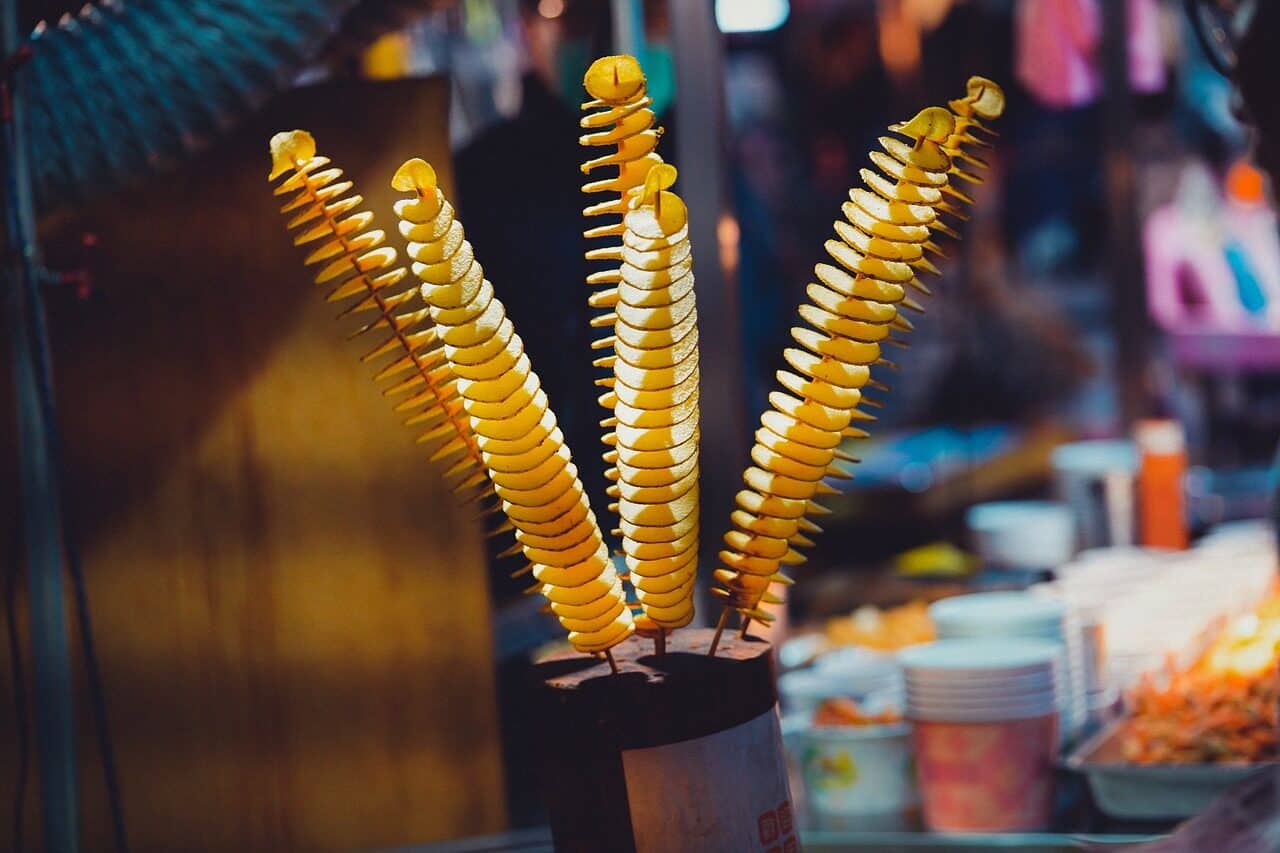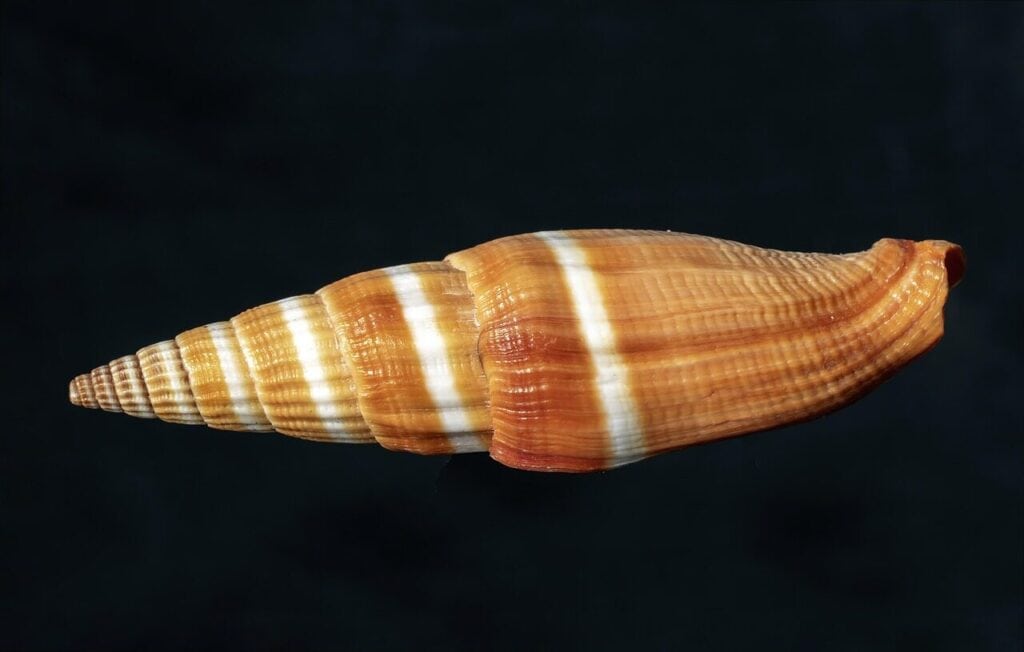Техника крученой упаковки: Всесторонний технический анализ
Введение: За пределами обертки
Твист-упаковка - это высокоскоростной процесс, при котором продукты заворачиваются в гибкую пленку. Пленка запечатывается путем скручивания обоих концов. Данная статья выходит за рамки этого базового определения. В ней представлены полный технический анализ всей системы. Мы изучим основные принципы механики и наука о совместимых материалах. Мы также рассмотрим физику, которая делает успешное обертывание возможным.
Это Глубокое погружение для инженеров и техников. Мы расскажем о фундаментальной механике формирования обертывания. Вы получите покомпонентную разбивку оборудования. Мы также проведем подробный анализ свойств пленки.
Мы рассмотрим физику самого скручивания. В завершение мы рассмотрим практический руководство по оптимизации процессов и устранения неисправностей. Этот анализ дает основу для понимания закручивания не как простого действия, а как дисциплины точного машиностроения.
Фундаментальная механика обертывания
Создание твист-обмотки включает в себя синхронизированную последовательность высокоскоростных механических событий. Понимание этой последовательности необходимо для эксплуатации, обслуживания и оптимизации любой машины для обмотки твистом.
Процесс состоит из пяти отдельных этапов. Каждая фаза имеет критические параметры, которые влияют на конечное качество обернутого продукта.
- Продукт Подача
- Процесс начинается с подачи продукта из бункера или виброчаши. Продукты, похожие на твердые конфеты или шоколад отделяются друг от друга и точно отмеряются по времени. Для этого часто используется подающий диск с фигурными карманами. Это гарантирует, что один продукт попадет на станцию упаковки точно в нужный момент.
- Подача и резка пленки
- В то же время упаковочный материал забирается с большого рулона подающими роликами. Машина отмеряет точную длину пленки, необходимую для одной обмотки. Затем узел режущего ножа чисто отрезает кусок пленки от основного полотна. Это может быть ротационный или гильотинный нож.
- Инкапсуляция продукта
- Отрезанный кусок пленки располагается прямо на пути поступающего продукта. Когда продукт проталкивается в станцию упаковки, пленка складывается вокруг него. В результате обычно образуется цилиндрическая трубка, в которую свободно заворачивается изделие.
- Действие скручивания
- Это определяющее действие процесса. Пара механических "твистеров" или "захватов" крепко зажимает два конца пленочной трубки. Затем эти твистеры быстро вращаются в противоположных направлениях. В результате образуются характерные закрученные хвосты, которые запечатывают упаковку. Количество оборотов является ключевым регулируемым параметром.
- Разрядка
- Когда скрутка сформирована, губки захвата открываются и освобождают готовое изделие. Затем обернутое изделие выбрасывается из упаковочной головки. Обычно он попадает на разгрузочный конвейер для транспортировки на следующий этап упаковки или в оболочку.
Представьте себе линейный поток: Продукт поступает на склад, пленка разрезается и подается, продукт проталкивается через фальцевальную коробку, формируя трубку, концы трубки захватываются и скручиваются, а конечный продукт выбрасывается. Ключевые параметры, такие как натяжение пленки при подаче, точность резки и давление захвата при скручивании, имеют решающее значение для безупречной работы.
Анатомия машины
Чтобы по-настоящему освоить обмотку твистом, необходимо разобраться в оборудовании. Машина для обмотки твистом представляет собой сложный комплекс синхронизированных систем. Каждая из них выполняет определенную и важную функцию.
Привод и трансмиссия
В основе любой крутильной машины лежит главный привод и система передачи. Первичный электродвигатель обеспечивает мощность. Она передается через ряд редукторов, цепей, ремней, а во многих традиционных конструкциях - через распределительные валы. Эти кулачки преобразуют вращательное движение в точные линейные движения, необходимые для подачи, резки и скручивания продукта. Это обеспечивает идеальную синхронизацию всех действий.
Размотка и натяжение пленки
Этот узел управляет движением оберточного материала от бобины до станции резки. Он состоит из держателя рулона (шпинделя), ряда направляющих роликов и системы натяжения. Натяжное устройство, часто представляющее собой узел "танцующего рычага", использует пружины или пневматическое давление для поддержания постоянного натяжения полотна пленки. Точный контроль натяжения не подлежит обсуждению. Слишком слабое натяжение приводит к нестабильной подаче. Слишком сильное натяжение может привести к растяжению или разрыву пленки еще до того, как она достигнет продукта.
Узел подачи и резки
В узле подачи пленки используется пара тянущих роликов, которые отводят пленку от натяжного устройства и продвигают ее на нужную длину. Эти ролики часто имеют резиновое покрытие. Сразу за этими роликами следует узел ножа. Это может быть вращающийся нож, который вращается и режет на наковальне. Или это может быть нож гильотинного типа, который делает линейный рез. Острота и выравнивание этого ножа очень важны для получения чистого среза без зазубрин.
Заворачивание головы и твистеры
Этот узел является сердцем машины. Он содержит карман или платформу, где встречаются продукт и пленка. В нем также находятся фальцовочные элементы, формирующие трубку обертки, и сам узел твистера. Твистеры состоят из губок или захватов, предназначенных для надежного зажима пленки без ее повреждения. Специальный механизм, приводимый в действие главной передачей, обеспечивает высокоскоростное встречное вращение. Конструкция этой головки различает два основных класса скручивающих машин: с прерывистым и непрерывным движением.
Характеристика | Прерывистое движение | Непрерывное движение |
Механизм | Изделие и пленка на мгновение останавливаются для закручивания. | Продукт и пленка движутся непрерывно через оберточную головку. |
Скорость (обертываний/мин) | Как правило, 200-600 WPM. | В высокоскоростных моделях скорость может превышать 1500 Вт/мин. |
Обращение с продуктами | В целом более щадящий режим благодаря принципу "старт-стоп". | Требуется более точное управление для обработки продуктов с высокой скоростью. |
Типовые применения | Мелкое и среднее производство, изделия неправильной формы. | Крупносерийное производство униформы продукты, такие как твердые конфеты. |
Механическая сложность | Проще и легче настраивать и обслуживать. | Более сложные, требующие сложного контроля времени и движения. |
Станки с прерывистым движением - это рабочие лошадки, известные своей гибкостью. Машины непрерывного действия созданы для чистой производительности. Они представляют собой вершину эффективности высокоскоростной упаковки.
Материаловедение пленки
Выбор упаковочного материала так же важен, как и механическая настройка машины. Не все гибкие пленки могут формировать и удерживать скрутку. Материал должен обладать определенным набором физических свойств, чтобы выдержать процесс и сохранить целостность упаковки.
Выбор правильной пленки - это вопрос материаловедения. Необходимо сбалансировать технологичность с желаемым внешним видом и сроком хранения.
Характеристики мертвой точки
Пожалуй, самым важным свойством для твист-упаковки является "мертвая складка". Это способность материала сминаться, складываться или скручиваться и сохранять новую форму без обратного пружинения. Материалы с отличным "мертвым сгибом", такие как вощеная бумага или целлофан, легко подвергаются пластической деформации. Они сохраняют энергию, переданную во время скручивания. Пленка с плохим "мертвым сгибом" со временем раскручивается. Этот дефект известен как "флагирование".
Прочность на разрыв и удлинение
Для успешного производства пленки для скручивания необходим тонкий баланс между прочностью на разрыв и удлинением. Пленка должна обладать достаточной прочностью на разрыв, чтобы выдерживать тянущее усилие подающих роликов и крутящее напряжение при скручивании без разрывов. Однако она также должна обладать определенной степенью удлинения (способностью растягиваться до разрыва), чтобы облегать продукт и выдерживать нагрузку при скручивании в тугую косичку. Слишком хрупкая пленка будет ломаться. Слишком сильно растягивающаяся пленка может деформироваться или потерять четкость печати.
Коэффициент трения (CoF)
Коэффициент трения, или "скольжение", пленки играет несколько ролей. Низкий коэффициент трения (высокое скольжение) необходим для того, чтобы пленка плавно перемещалась по машина направляющие пластины и ролики. Однако для обеспечения надежного захвата необходимо определенное трение между пленкой и губками твистера. Кроме того, коэффициент трения между внутренней поверхностью пленки и самим продуктом может влиять на то, остается ли продукт неподвижным или вращается во время скручивания. Это может повлиять на конечный внешний вид упаковки.
Удержание витков
Сохранение скрутки - это практический результат хороших свойств мертвого сложения. Это способность пленки сохранять плотность и форму скрученных концов в течение длительного времени после выхода продукта из машины. Это свойство жизненно важно для целостности упаковки. Оно предотвращает ослабление обертки при транспортировке и на полке. Хотя некоторые материалы, например целлофан, обладают свойством удерживать скрутку, другие требуют специальной рецептуры. Например, стандартный ориентированный полипропилен (OPP) плохо удерживает скрутку. Но специализированные соэкструдированные пленки OPP разработаны с добавками и особым составом слоев, чтобы улучшить их свойства по удержанию скрутки для данного применения.
Тип фильма | Свойство мертвой хватки | Типичная толщина (микрон) | Удержание витков | Общие приложения |
Вощеная бумага | Превосходно | 30-50 | Превосходно | Традиционные ириски, карамельки |
Целлофан (с покрытием) | Превосходно | 20-35 | Превосходно | Шоколадные конфеты премиум-класса, твердые конфеты, высококалорийные продукты |
Поливинилхлорид (ПВХ) | Хорошо | 15-25 | Хорошо | Кондитерские изделия общего назначения, экономичная альтернатива |
Крутилка OPP | От умеренного до хорошего | 20-30 | От умеренного до хорошего | Высокоскоростные приложения, металлизированные или печатные |
Физика "твиста"
Удачный поворот - это подвиг управляемой деформации материала. Понимание физики позволяет инженеру перейти от простых регулировок к первопринципному подходу к решению проблем. Этот процесс представляет собой тонкий баланс нескольких фундаментальных сил.
Настройка машины - это упражнение по применению и управлению этими силами. Цель - вызвать постоянную пластическую деформацию в пленке, не вызывая разрушения материала.
- Натяжение
Это продольное усилие, прикладываемое к полотну пленки системами подачи и натяжения. Оно обеспечивает сохранение натяжения и плоскости пленки при поступлении ее на станцию обмотки. Это очень важно для точной резки и позиционирования. Недостаточное натяжение приводит к плохому контролю. Чрезмерное натяжение предварительно напрягает пленку, делая ее более восприимчивой к разрывам во время скручивания.
- Компрессия
Когда продукт проталкивается в упаковочную головку, фальцевальные пластины или направляющие оказывают на пленку сжимающее усилие. В результате она формируется в трубку вокруг продукта. Это усилие должно быть достаточным для создания плотного прилегания, но не настолько большим, чтобы повредить мягкий продукт или связать пленку.
- Торсион
Это основная сила, определяющая процесс. Когда губки твистера захватывают концы пленки и вращаются, они прикладывают торсионную, или скручивающую, силу. Эта сила создает напряжение сдвига в молекулярной структуре пленки. Цель - приложить достаточное кручение, чтобы превысить предел упругости пленки и вызвать пластическую деформацию - постоянный набор, формирующий скручивание, - не достигая при этом предельной прочности материала на растяжение, что привело бы к его разрушению.
- Трение
Трение - важнейшая сила, которой часто не уделяют должного внимания. Здесь есть два ключевых момента. Во-первых, статическое трение между губками твистера и поверхностью пленки должно быть достаточно высоким, чтобы предотвратить соскальзывание пленки во время вращения. Во-вторых, трение между пленкой и самим продуктом помогает удерживать продукт в неподвижном состоянии во время скручивания концов. Если это трение слишком мало, продукт может вращаться внутри обертки. Это приводит к ослаблению или смещению обертки.
Оптимизация машина для производства конкретной пленки и продукта Комбинирование - это вопрос настройки взаимодействия этих четырех сил. Цель - добиться стабильного, надежного и эстетически привлекательного скручивания.
Оптимизация и устранение неполадок
Даже при наличии механически исправной машины и правильной пленки достижение оптимальной производительности требует точной настройки параметров процесса. Большинство производственных проблем можно отследить по несоответствию между настройками машины, свойствами материала и характеристиками продукта.
По нашему опыту, частой причиной "флагирования" (раскручивания концов) является не неисправность машины. Скорее, это использование пленки с плохими свойствами мертвого сложения или установка слишком низкого числа оборотов твистера для "памяти" материала. Аналогичным образом, повторяющиеся проблемы, такие как плохой рез, часто решаются путем проверки самой простой причины: затупленного или неправильно расположенного ножа. Это следует сделать до выяснения более сложных проблем со скоростью вращения тянущего ролика. Поломка продукта - еще одна частая проблема. Она почти всегда вызвана чрезмерным давлением на захват со стороны твистеров или смещением центра продукта в момент начала обмотки.
Ключом к эффективному устранению неисправностей является систематический подход. Этот подход должен основываться на понимании машины и материала. В следующей таблице приведены распространенные дефекты и их вероятные технические причины.
Проблема/дефект | Потенциальная техническая причина(ы) | Рекомендуемое решение(я) |
Фильм разрывается на виражах | 1. Чрезмерное натяжение пленки в устройстве размотки. <br> 2. Губки твистера имеют острые края или заусенцы. <br> 3. Материал пленки слишком хрупкий (низкое удлинение). <br> 4. Скорость вращения твистера слишком агрессивна. | 1. Уменьшите давление тормоза на катушку с пленкой или отрегулируйте рычаг танцора. <br> 2. Осмотрите, отполируйте или замените губки закручивателя. <br> 3. Испытайте альтернативную пленку с большим удлинением. <br> 4. По возможности уменьшите профиль ускорения смерчей. |
Неполное или слабое скручивание ("флагирование") | 1. Недостаточное количество оборотов твистера. <br> 2. Плохое свойство пленки складываться. <br> 3. Продукт проскальзывает внутри обертки во время скручивания. <br> 4. Слишком слабое давление на губки твистера, что приводит к соскальзыванию пленки. | 1. Увеличьте число оборотов в настройках машины. <br> 2. Перейдите на пленку с лучшей мертвой складкой (например, целлофан или OPP с крученым слоем). <br> 3. Проверьте соотношение продукта и пленки; убедитесь, что продукт расположен по центру. <br> 4. Постепенно увеличивайте давление на захват. |
Обертка Несоответствие / смещение центра печати | 1. Неправильная синхронизация между подачей продукта и отрезанием пленки. <br> 2. Неправильное расположение бумаги направляющие перед упаковкой голова. <br> 3. Неравномерная подача пленки (проскальзывание на тянущих роликах). <br> 4. Неправильная настройка датчика регистрации печати. | 1. Отрегулируйте время проталкивания продукта относительно действия ножа. <br> 2. Выровняйте все направляющие пластины и ролики пленки. <br> 3. Очистите или замените изношенные тянущие ролики; проверьте давление роликов. <br> 4. Повторно откалибруйте датчик метки глаза. |
Повреждение продукта / поломка | 1. Чрезмерное давление губок твистера. <br> 2. Изделие неправильно отцентрировано в упаковочной трубке перед скручиванием. <br> 3. Слишком сильный удар толкателя продукта. <br> 4. Продукт хрупкий и не подходит для высоких усилий при упаковке твист. | 1. Уменьшите давление зажима узла твистера. <br> 2. Отрегулируйте время и выравнивание подачи продукта. <br> 3. Ослабьте толкатель продукта или замедлите цикл подачи. <br> 4. Оцените, не является ли более подходящим другой стиль обертывания (например, flow wrap). |
Заключение: Освоение процесса
Этот анализ прошел путь от фундаментальной последовательности скручивания до сложных деталей анатомии машины, материаловедения и физики, лежащей в основе скручивания. Мы деконструировали процесс, чтобы выявить его техническую суть.
Успешная и высокоэффективная обмотка твистом - это результат точно рассчитанной гармонии. Это баланс механической синхронизации, обеспечивающий идеальное время. Для этого необходимы материалы, обеспечивающие пленку, способную держать форму. И контролируемое приложение физических усилий, которые деформируют пленку, обеспечивая надежное уплотнение.
Глубокое понимание этих взаимосвязанных принципов позволяет техническому специалисту или инженеру превратиться из простого оператора в настоящего эксперта по технологическим процессам. Эти знания позволяют им не только решать проблемы, но и проактивно оптимизировать свою работу. Они могут максимально повысить качество, пропускную способность и общую надежность этого классического метода упаковки.
- Packaging World - ведущее издание упаковочной промышленности https://www.packworld.com/
- PMMI - Ассоциация технологий упаковки и переработки https://www.pmmi.org/
- Стратегии упаковки - Новости индустрии и инновации https://www.packagingstrategies.com/
- Дайджест по упаковке - Тенденции развития упаковочных технологий https://www.packagingdigest.com/
- Ассоциация гибкой упаковки (FPA) https://www.flexpack.org/
- Институт профессионалов упаковки (IoPP) https://www.iopp.org/
- ProMach - решения для упаковочного оборудования https://www.promach.com/
- Packaging Europe - европейские упаковочные технологии https://packagingeurope.com/
- ISA - Международное общество автоматизации https://www.isa.org/
- Журнал "Пищевая промышленность" - Технология производства продуктов питания https://www.foodprocessing.com/








